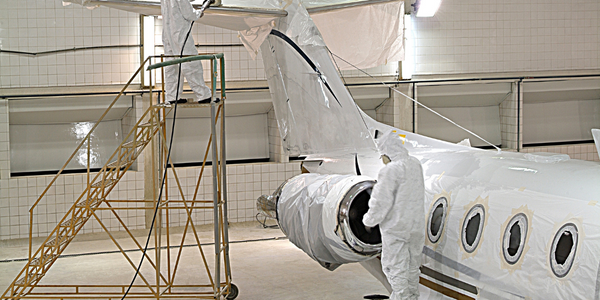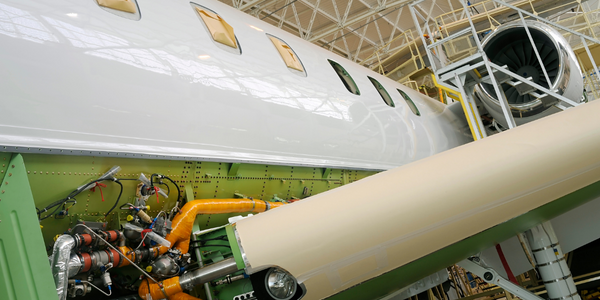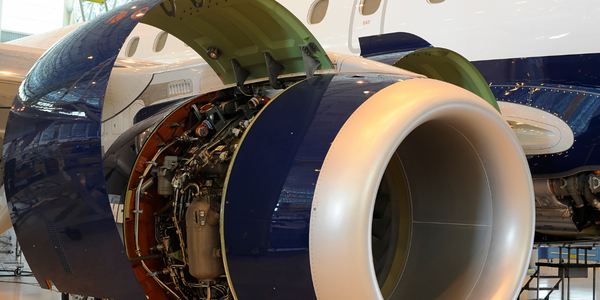公司规模
Large Corporate
地区
- America
国家
- United States
产品
- JDA® Cargo Revenue Optimizer
技术栈
- Capacity Forecasting Technology
- Overbooking Algorithms
实施规模
- Enterprise-wide Deployment
影响指标
- Revenue Growth
- Productivity Improvements
技术
- 分析与建模 - 预测分析
- 功能应用 - 库存管理系统
适用行业
- 航天
适用功能
- 物流运输
用例
- 补货预测
- 库存管理
服务
- 软件设计与工程服务
- 系统集成
关于客户
美国航空货运是美国航空的一个部门,每周通过大约 180 架宽体飞机和每天超过 3,200 架窄体飞机管理超过 3600 万吨英里的货物和邮件。该公司为美国、欧洲、加拿大、墨西哥、加勒比地区、拉丁美洲和亚洲的 240 多个城市提供货运能力。它利用美国航空客运机队的货运能力来运输许多类型的产品,包括鲜花、水果、蔬菜、海鲜和救命药品。其货运客户包括世界上一些最大的托运人。
挑战
美国航空货运部是美国航空的一个部门,每周通过大约 180 架宽体飞机和 3,200 多个窄体飞机航班管理超过 3600 万吨英里的货物和邮件。该公司为美国、欧洲、加拿大、墨西哥、加勒比地区、拉丁美洲和亚洲的 240 多个城市提供货运能力。然而,计算客运航班的可用货运能力并不像看起来那么简单。不仅要考虑乘客和行李预测、机上燃油量和设备重量等明显因素,还要考虑机场对起飞和/或着陆重量的限制或机场紧密连接的地面处理能力等外部因素。影响运力预测准确性的最重要因素是客户行为。客运航班的预订经常在最后一刻被取消、修改或投标不足/过高。因此,预测客户投标行为是一个需要建模的关键因素,使用超额预订算法来预测对运力的最佳调整,以最大限度地减少损失或卸载。
解决方案
美国航空货运公司花了多年时间简化和精简其业务方式。该计划的一个重要部分是改进其收入管理业务流程和解决方案。该公司选择 JDA 货运收入优化器 (CRO) 来取代其现有技术。该计划的第一阶段是实施高级容量预测和超额预订功能。JDA 解决方案提供了强大的容量预测和超额预订功能,使货运公司能够根据预订窗口期间不断变化的事件快速准确地预测可售容量。将 JDA 解决方案的预测与现有系统生成的预测进行了比较。模型显示,JDA 的解决方案每年的收入增长更为显著。基于这些结果,美国航空货运公司将该系统投入生产。
运营影响
数量效益

Case Study missing?
Start adding your own!
Register with your work email and create a new case study profile for your business.
相关案例.

Case Study
Airbus Soars with Wearable Technology
Building an Airbus aircraft involves complex manufacturing processes consisting of thousands of moving parts. Speed and accuracy are critical to business and competitive advantage. Improvements in both would have high impact on Airbus’ bottom line. Airbus wanted to help operators reduce the complexity of assembling cabin seats and decrease the time required to complete this task.

Case Study
Aircraft Predictive Maintenance and Workflow Optimization
First, aircraft manufacturer have trouble monitoring the health of aircraft systems with health prognostics and deliver predictive maintenance insights. Second, aircraft manufacturer wants a solution that can provide an in-context advisory and align job assignments to match technician experience and expertise.

Case Study
Aerospace & Defense Case Study Airbus
For the development of its new wide-body aircraft, Airbus needed to ensure quality and consistency across all internal and external stakeholders. Airbus had many challenges including a very aggressive development schedule and the need to ramp up production quickly to satisfy their delivery commitments. The lack of communication extended design time and introduced errors that drove up costs.

Case Study
Accelerate Production for Spirit AeroSystems
The manufacture and assembly of massive fuselage assemblies and other large structures generates a river of data. In fact, the bill of materials for a single fuselage alone can be millions of rows of data. In-house production processes and testing, as well as other manufacturers and customers created data flows that overwhelmed previous processes and information systems. Spirit’s customer base had grown substantially since their 2005 divestiture from Boeing, resulting in a $41 billion backlog of orders to fill. To address this backlog, meet increased customer demands and minimize additional capital investment, the company needed a way to improve throughput in the existing operational footprint. Spirit had a requirement from customers to increase fuselage production by 30%. To accomplish this goal, Spirit needed real-time information on its value chain and workflow. However, the two terabytes of data being pulled from their SAP ECC was unmanageable and overloaded their business warehouse. It had become time-consuming and difficult to pull aggregate data, disaggregate it for the needed information and then reassemble to create a report. During the 6-8 hours it took to build a report, another work shift (they run three per day) would have already taken place, thus the report content was out-of-date before it was ever delivered. As a result, supervisors often had to rely on manual efforts to provide charts, reports and analysis.

Case Study
Developing Smart Tools for the Airbus Factory
Manufacturing and assembly of aircraft, which involves tens of thousands of steps that must be followed by the operators, and a single mistake in the process could cost hundreds of thousands of dollars to fix, makes the room for error very small.








